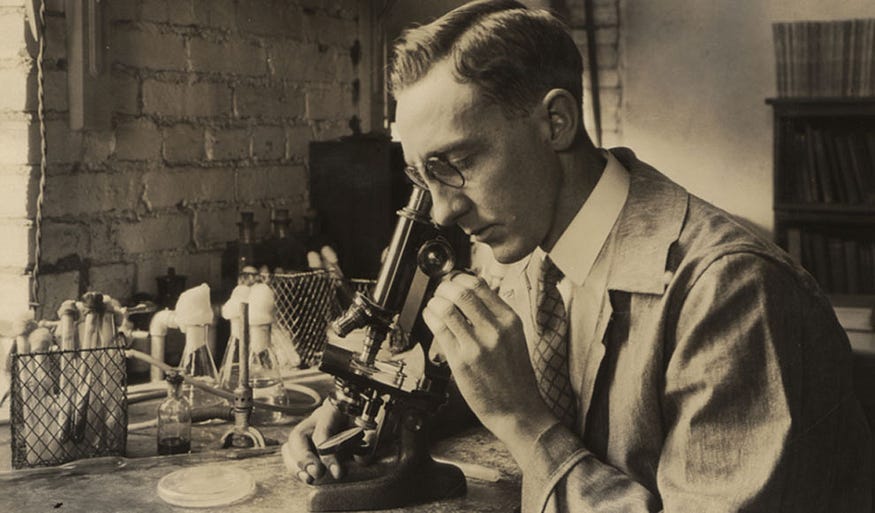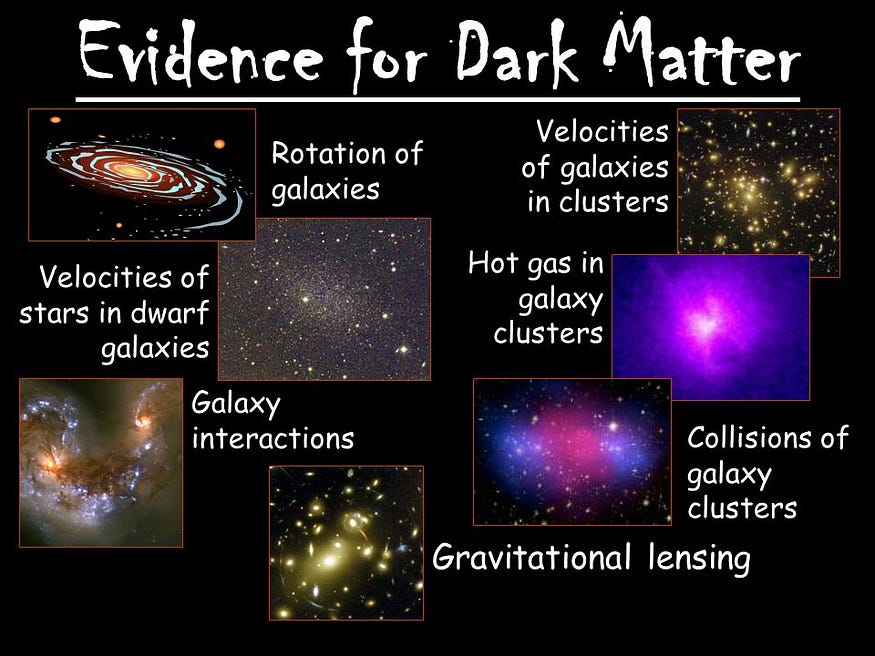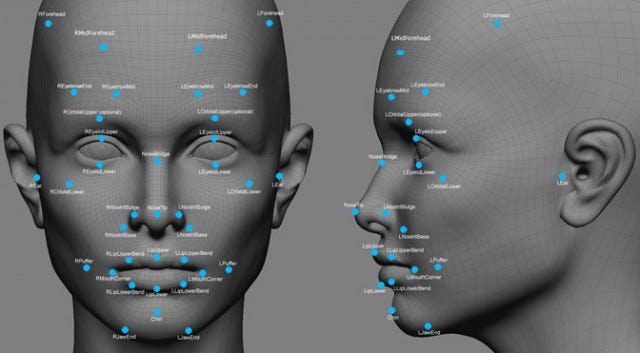
AI & Physics, Part 1 — Dark Matter Matters Too
Last Updated on July 20, 2023 by Editorial Team
Author(s): Ryan Lynch
Originally published on Towards AI.
Diving Into AI & Physics U+007C Towards AI
Physics. Our way of understanding the universe around us. We use equations and formulae to try and break down the fundamental truths. To figure out the rules that determine what allows us to be what we are. The rules that stars, galaxies, black holes, even the universe itself must follow.

Sounds pretty complicated, right? We humans can be pretty damn smart but the amount of maths involved for understanding the universe itself is definitely beyond us. But that doesn’t mean we’ll ever stop trying to get closer and closer to understanding everything. We take it step-by-step, constantly making small advances, and hoping that eventually, they’ll add up to answer at least some of the big questions.
“How did we get here?”
“How many other planets are there out there like ours?”
“Is there other intelligent life in the universe?”
You get the gist, there are some pretty huge, very vague questions to be answered.
Part of the Problem

The issue with looking at the universe in extremely big (or extremely small) parts is that the maths begins working with numbers that are similarly big (or small). Trying to find patterns in huge piles of numbers on those scales takes us crazy amounts of time. But not machines. They specialize in it. Think of a simple example, can you work out (3454.709 * 508.3339) faster than your calculator can?
For anyone that’s wondering, the answer is 1756145.69934.
In terms of pure maths ability, there’s no comparison. Clearly. But a computer can’t understand what the maths represents or the problem we need to solve. To an extent, it can learn, but it can’t learn to understand.

People come with a built-in sense of curiosity. We would never learn to walk or talk if we weren’t naturally curious enough to find out what would happen if we tried to move our legs the way our parents do. And we have a need to understand the world around us that drives us to make incredible discoveries, like electricity, or to build rockets just to see what it’s like on the moon.
So, if we can target the focus of our curiosity with the power of a well trained Artificial Intelligence, what could we discover?
Dark Energy and Dark Matter
We don’t know much about dark matter. We think it makes up around 27% of the universe around us (a pretty sizable chunk) but we don’t know what it actually is or what it’s made up of.
Dark Energy is a similar story. We believe it makes up roughly 68% of the universe and we reckon it’s the reason why the expansion of the universe is accelerating rather than slowing down. But don’t really know.
So that’s just under 5% OF THE ENTIRE UNIVERSE that we can even see. Everything we know, buildings and stars, cars and galaxies, people and planets… That’s less than 5%. And we know next to nothing about the other ~96%. The only reason we know dark matter even exists is because ‘normal matter’ just doesn’t have enough gravitational force to hold galaxies together. But then with the amount of gravity that does exist, the universe’s expansion should have slowed down by now.

But instead, it’s accelerating. The reason — dark energy.
Two fairly important parts of the universe, the main source of gravity and the reason the universe’s expansion is getting faster. And we can’t even find them.
But with AI we can.
How Does AI Help?

So how does AI help us learn about dark matter? Believe it or not — with facial recognition algorithms. Or something similar anyway.
Firstly, how does facial recognition technology work?
A computer looks at a picture of your face (or usually lots of pictures of lots of faces), and then it finds patterns in the way your face is shaped, the way your nose curves, the definition of your chin. These patterns, when put together, allow a computer to identify you.
How does that apply to dark matter and dark energy? Well, we can recognize both using patterns too. Both dark matter and dark energy distort light rays in what we call ‘weak gravitational lensing’. This is such a small distortion that we can only see it when viewing light rays coming from extremely distant sources with our modern telescopes. We use Artificial Intelligence to analyze the images from telescopes and it can find the subtlest of patterns that indicate the bending of light rays by dark matter and energy.

Why Does It Matter?
If we can find out where dark matter is and understand its impact on the universe around it, we could make progress on figuring out what it is. We could develop more accurate mathematical models of the universe. This could fundamentally change how we understand physics and how we make new scientific predictions and experiments. And it wouldn’t be possible without AI.

Advances like this are why we need to push harder in terms of developing Artificial Intelligence. I’ve talked before about how AI could change how we learn in school, but this is changing how we learn about the universe itself.
With the power of computers, and our human curiosity, what’s the universe’s next big secret we could start to unlock?
Join thousands of data leaders on the AI newsletter. Join over 80,000 subscribers and keep up to date with the latest developments in AI. From research to projects and ideas. If you are building an AI startup, an AI-related product, or a service, we invite you to consider becoming a sponsor.
Published via Towards AI
Take our 90+ lesson From Beginner to Advanced LLM Developer Certification: From choosing a project to deploying a working product this is the most comprehensive and practical LLM course out there!
Towards AI has published Building LLMs for Production—our 470+ page guide to mastering LLMs with practical projects and expert insights!

Discover Your Dream AI Career at Towards AI Jobs
Towards AI has built a jobs board tailored specifically to Machine Learning and Data Science Jobs and Skills. Our software searches for live AI jobs each hour, labels and categorises them and makes them easily searchable. Explore over 40,000 live jobs today with Towards AI Jobs!
Note: Content contains the views of the contributing authors and not Towards AI.














